Can a 10 metre-wide park restore a sinking city’s aquifer while still providing space for the community?
Parque Lineal
Competition
Mexico City, Mexico
2016
A dynamic, living metropolis, the problems of Mexico City are well documented. During its growth over the last hundred years, Mexico City has yet to deal fully with the implications of its car-dependency and water scarcity. This project is a proposal for a new linear park along a still functioning, but rarely used, rail line running through the heart of the city. The park would consolidate many existing parklets and walking paths into a coherent system with a focus on providing the city with much needed green space for recreation and for mitigating some major groundwater recharge issues causing the city to slowly sink.
The project took its lead from a reevaluation of the street in the 21st century. Once, streets were conduits of activity, but today they function more frequently as single-purpose barriers, obstructing the movement of pedestrians and ceding way to cars. Acknowledging that cars are an integral part of the urban environment; this project takes the stance that pedestrians and cars should have equal access to the streets. Reduced speeds, less delineation between sidewalk and street, and multifunctional surfaces that can toggle between serving as roads and serving as play spaces allow the park to extend into the streets, claiming every possible square foot of surface area.

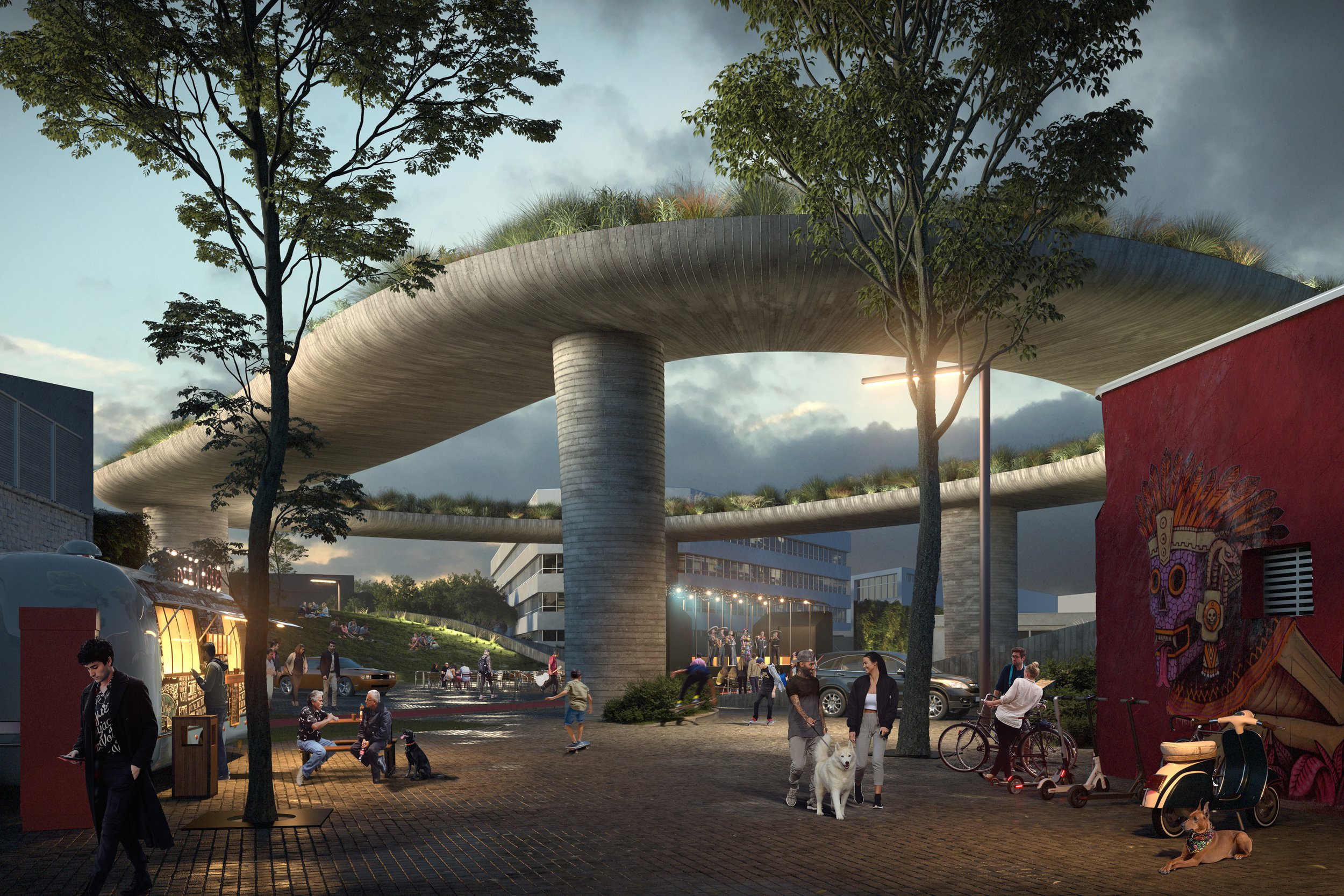
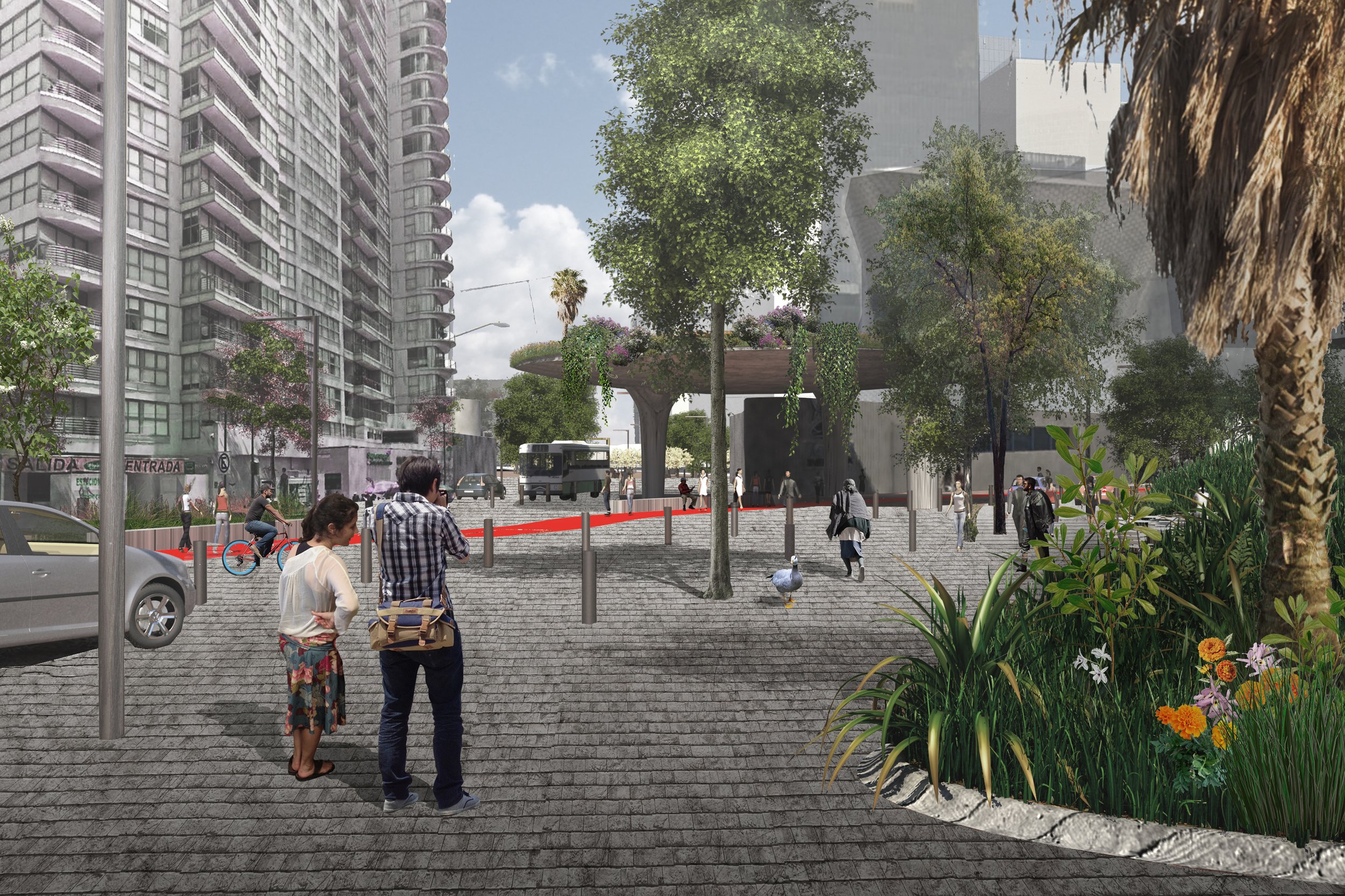
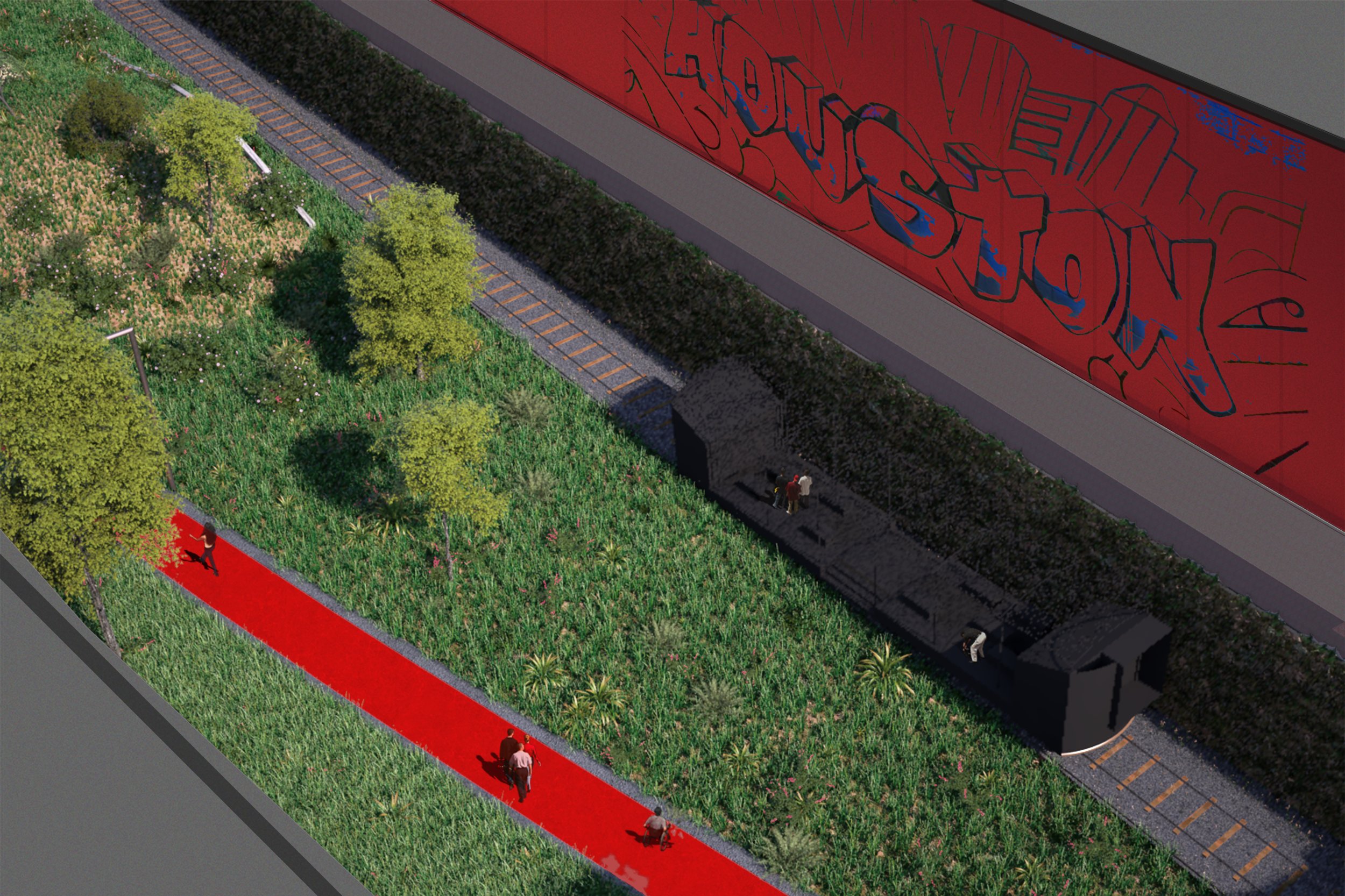
Appropriating the street space also provides the critical surface area needed to improve the city’s management of stormwater and groundwater. The project offers residents and visitors a diversity of ecology, a diversity of landscape types, and a diversity of landscape experiences, many of which had been lost in the city’s expansion. These landscapes also offer space for the social programming that surrounding communities need. Here the shelter of an underpass becomes a venue for sporting events, the Museo Soumaya becomes the backdrop to a new forum for the city, and a busy intersection becomes the centre for gathering the city’s detritus, a recycling centre and lagoon for stormwater management. The park’s fluidity is captured most of all by the proposed Ferro-Tortuga, a rail mounted platform that would move through the park, offering additional programs and services. At various intersections, the Ferro-Tortuga is a café, at others a bandstand, and, throughout, a means for moving both materials and people.
In the end, the new Cuernavaca Railway Linear Park proposal would give the city greater balance, accommodating the intensity of Mexico City’s urbanity while injecting a functioning landscape that will serve the city into the future.
Plan

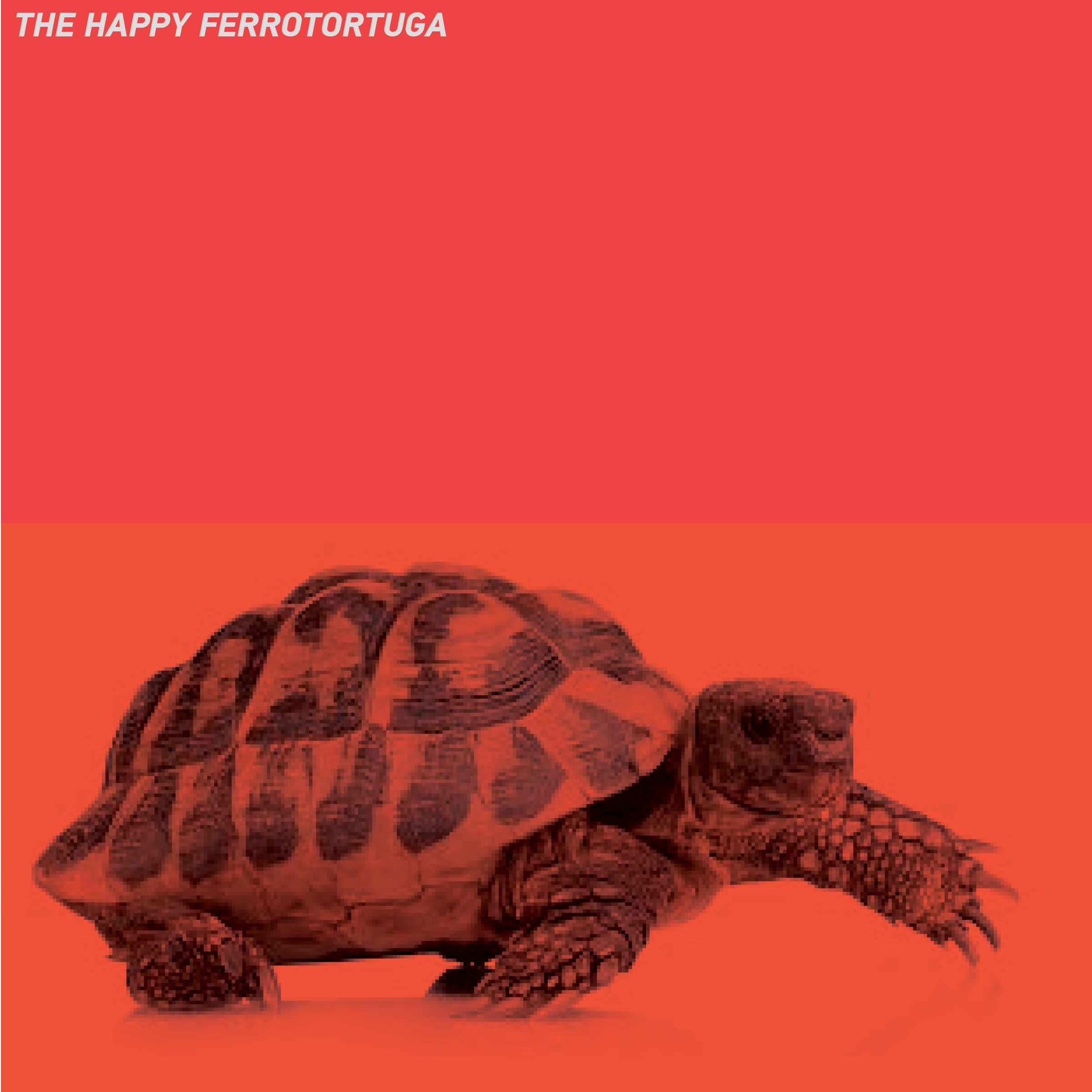

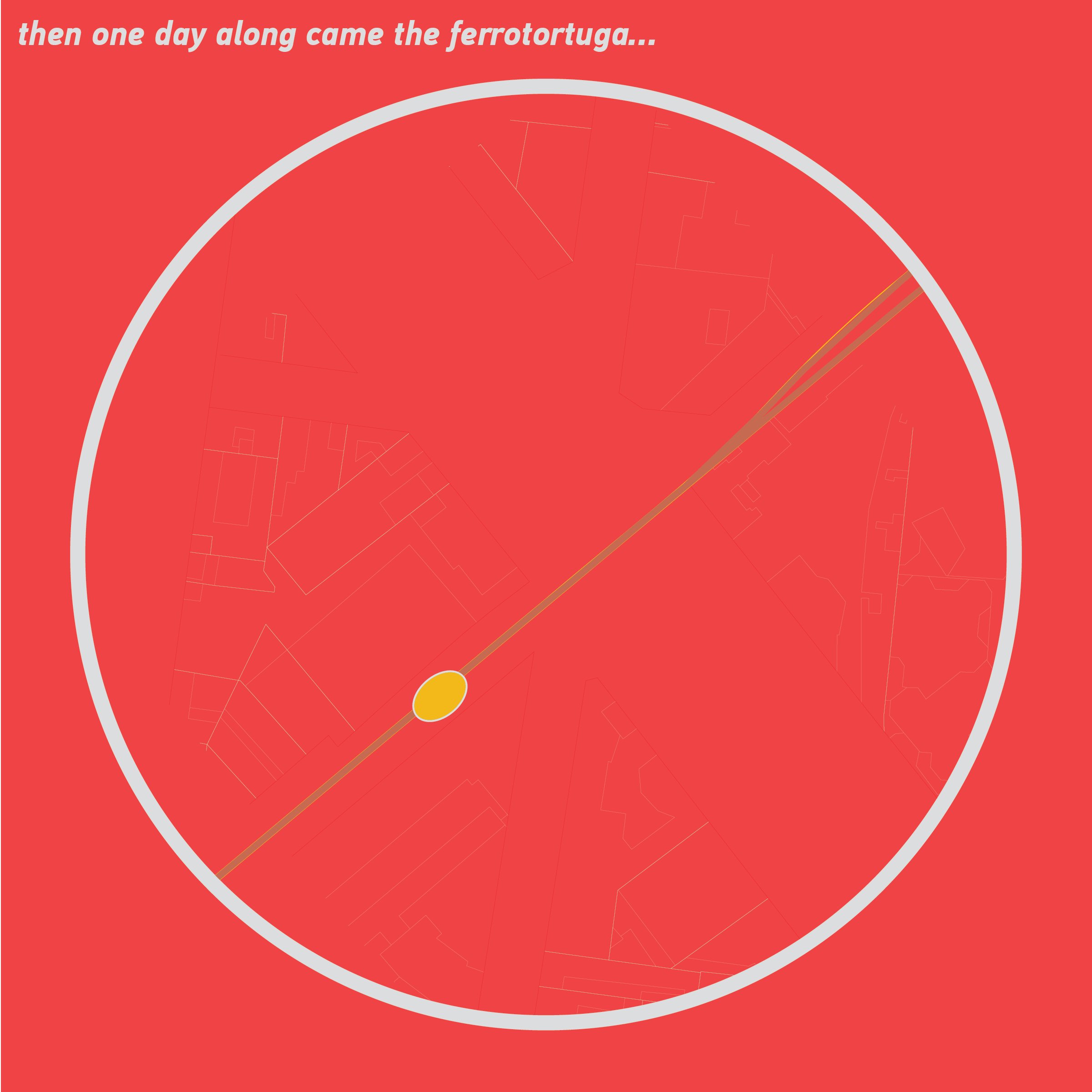


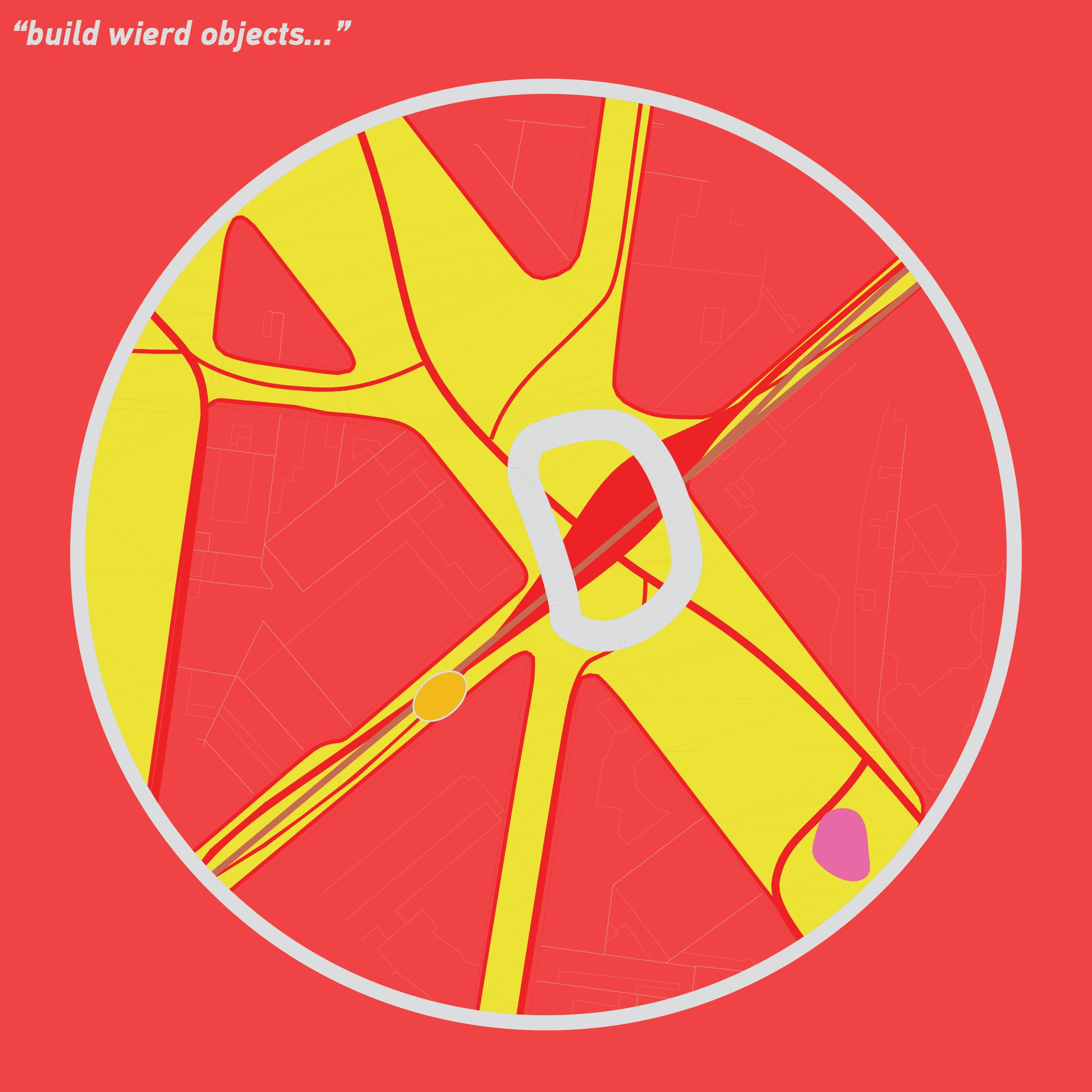
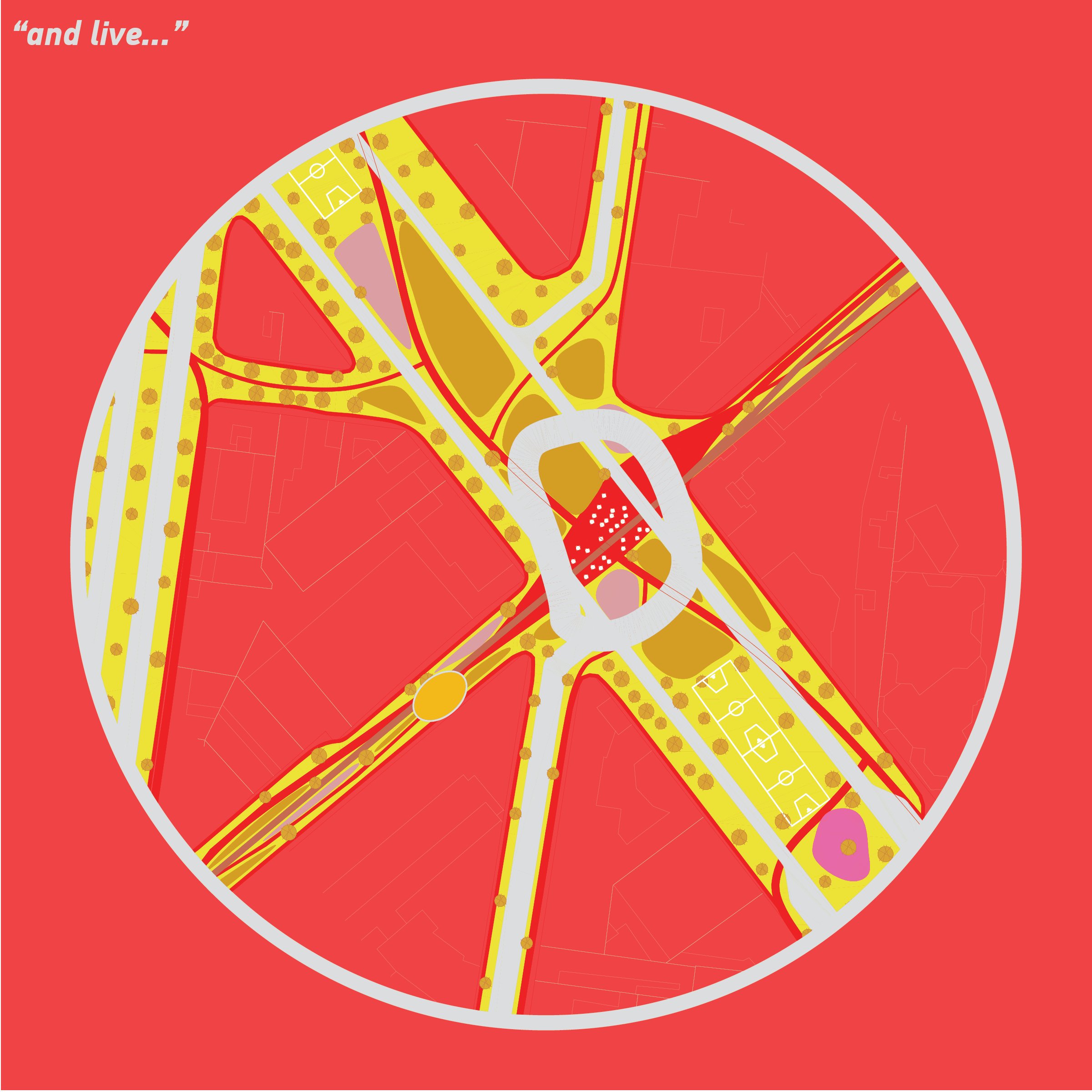

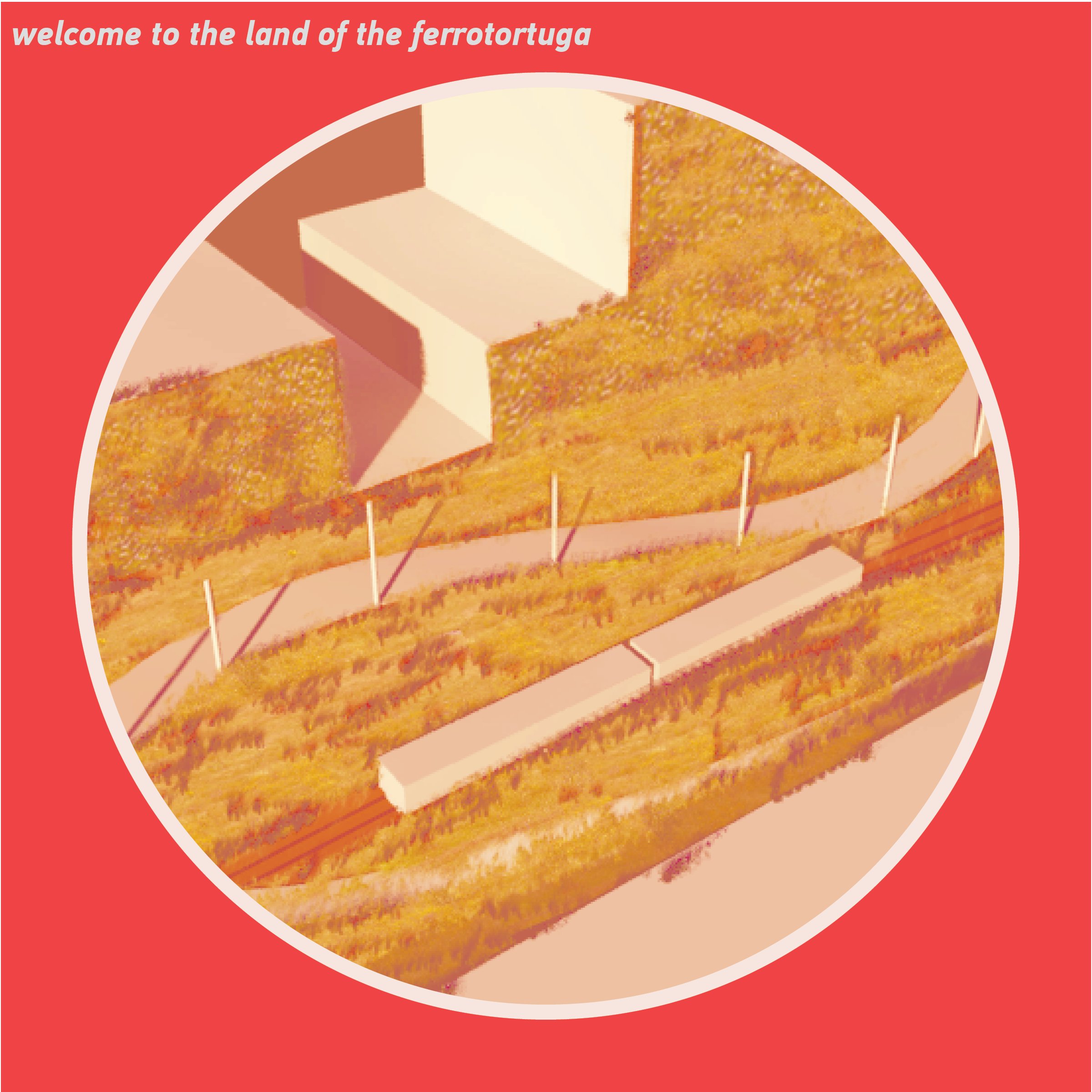


-
JIM
James Huemoeller in collaboration with Robert Fitzsimmons
